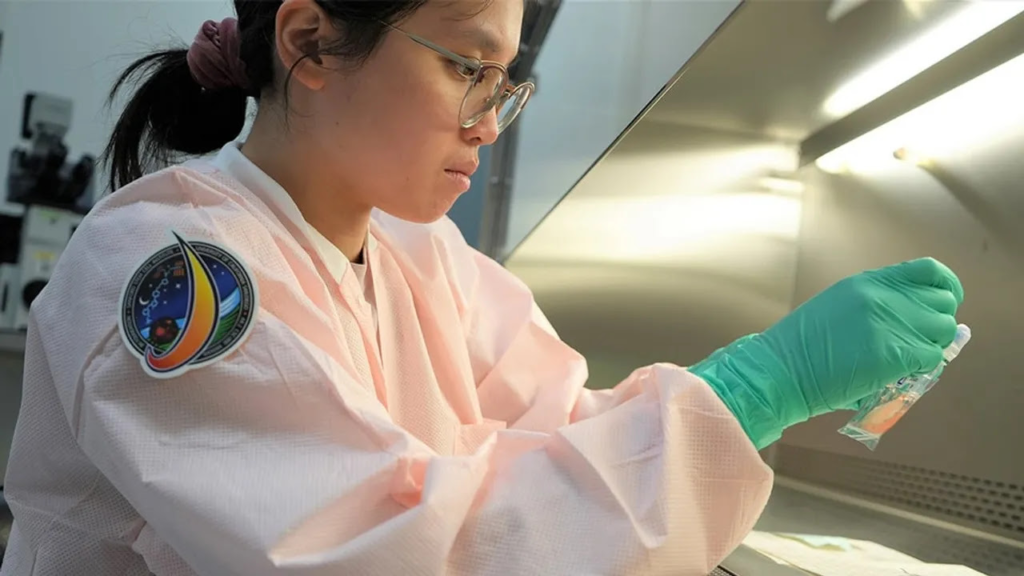California researchers and astronauts are studying cancer progression and treatment in space, leveraging microgravity to accelerate cellular aging and observe rapid tumor growth.
Ebenezer Mensah

California Researchers and Astronauts Collaborate on Cancer Research in Space
California researchers, in a revolutionary approach to battling one of humanity’s oldest adversaries, have joined forces with astronauts to take their fight against cancer into the final frontier: space. In a unique convergence of science and exploration, these researchers are harnessing the peculiarities of the microgravity environment to hasten our understanding of cancer progression and determine the potency of treatments in an accelerated time frame.
Microgravity: A Catalyst for Cancer Research
Microgravity, the condition of apparent weightlessness experienced in space, plays a pivotal role in this research. It’s not just about floating astronauts and untethered tools. Microgravity significantly accelerates cellular aging, offering scientists a faster observation window to track cancer growth and examine the effects of potential treatments. This, in essence, is like having a time-lapse camera on the complex and often drawn-out process of cancer progression and treatment.
On January 18th, California’s audacious cancer researchers saw their work take off. The Axiom 3 spaceflight, aboard SpaceX’s Crew Dragon spacecraft, carried precious cargo: miniature tumor organoids derived from actual cancer patients. This mission, delayed due to weather conditions, is expected to splash down on Tuesday, bringing back invaluable data on how these mini tumors have responded to various treatments in space.
Decoding the ADAR1 Gene: A Potential Kill Switch for Cancer
Leading the charge in this groundbreaking research is Dr. Catriona H.M. Jamieson. Her team had previously made startling observations on accelerated pre-leukemic changes in stem cells sent to space. Their discovery? The stress resulting from the microgravity environment caused cancer cells to activate a gene known as ADAR1, triggering rapid tumor growth. In space, these mini tumors, treated with anti-cancer drugs, including fedratinib and an experimental drug called rebecsinib, exhibited significant growth inhibition. Rebecsinib, which blocks ADAR1 differently, proved to be more effective, potentially acting as a ‘kill switch’ for cancer.
As the year progresses, Dr. Jamieson’s team aims to commence clinical trials for rebecsinib on Earth. This space-born research, a testament to human ingenuity and resilience, is offering what Jamieson calls ‘practical hope’. Indeed, this collaborative effort, pooling resources and expertise from NASA, European astronauts, and California researchers, expands our horizons beyond Earth, reaching out to the stars for solutions to one of humanity’s most persistent challenges: cancer.

Leave a Reply